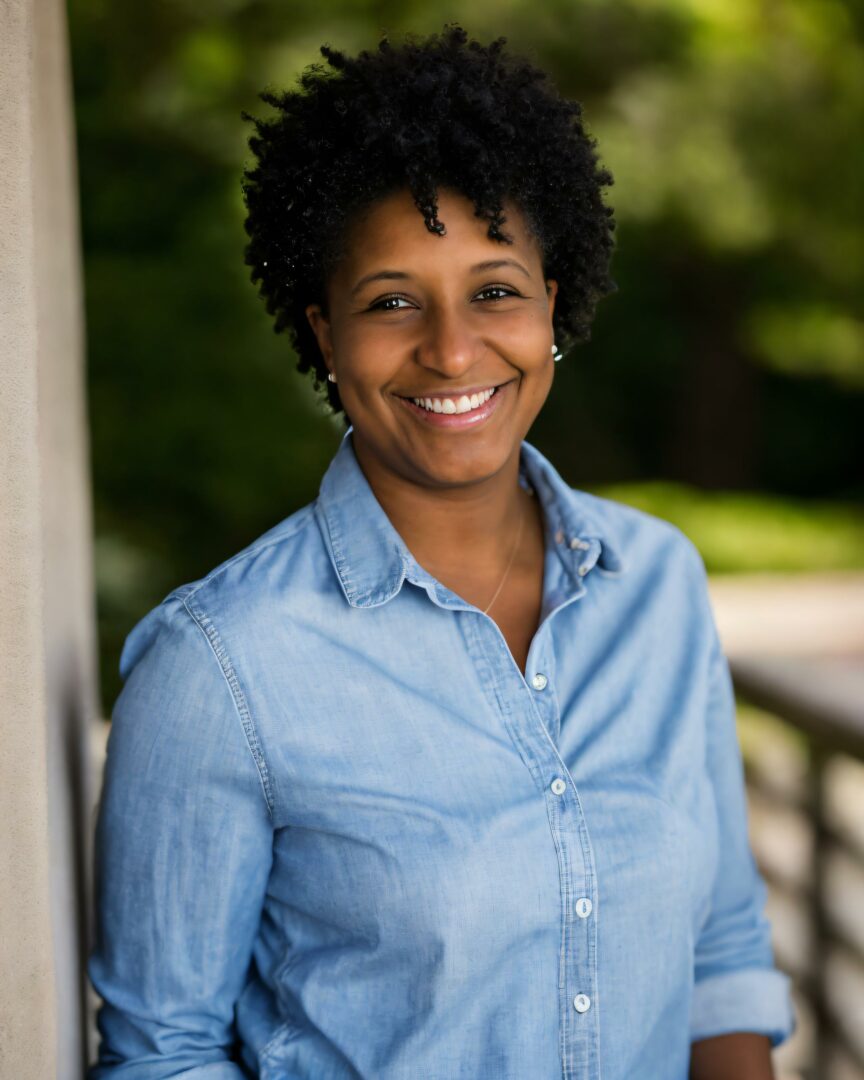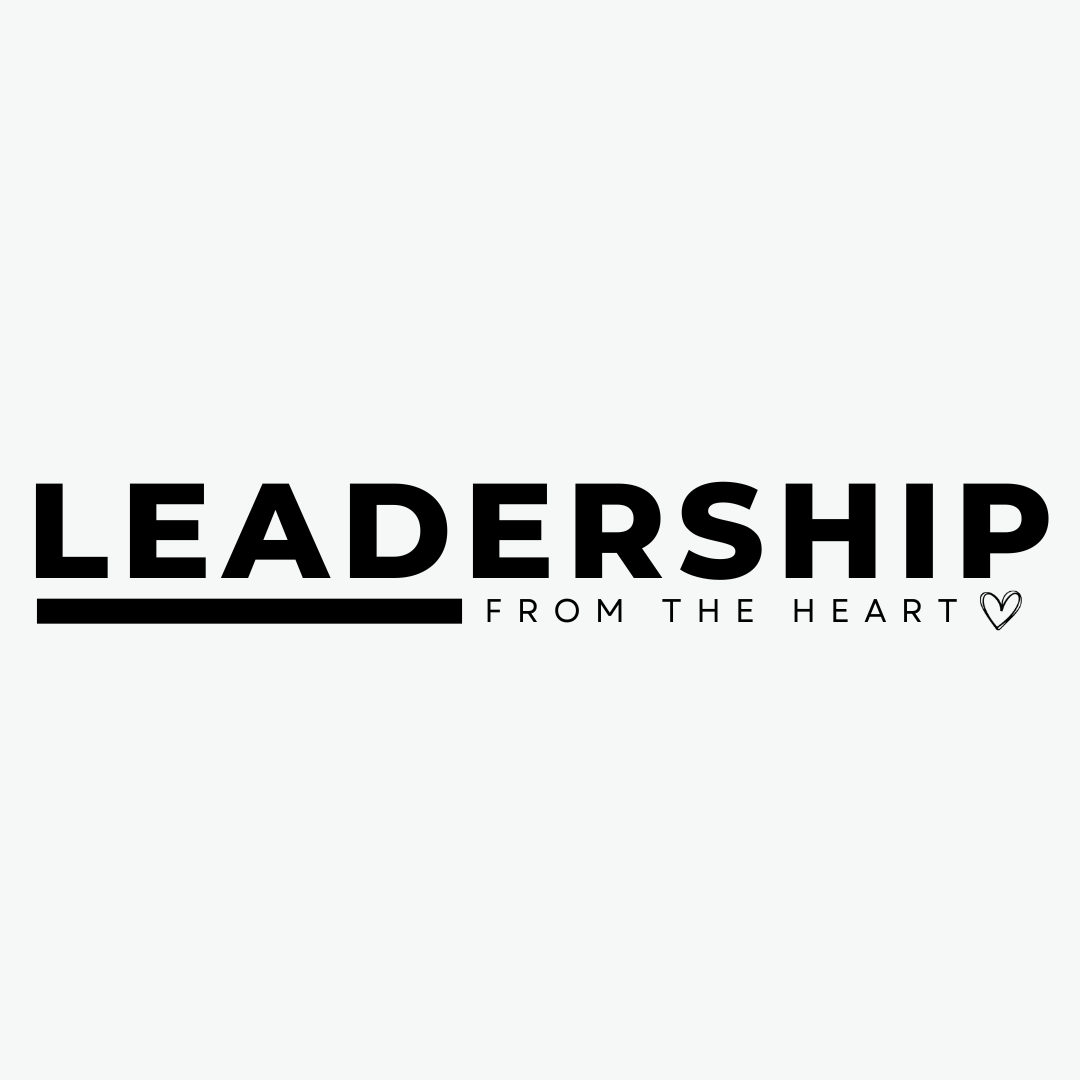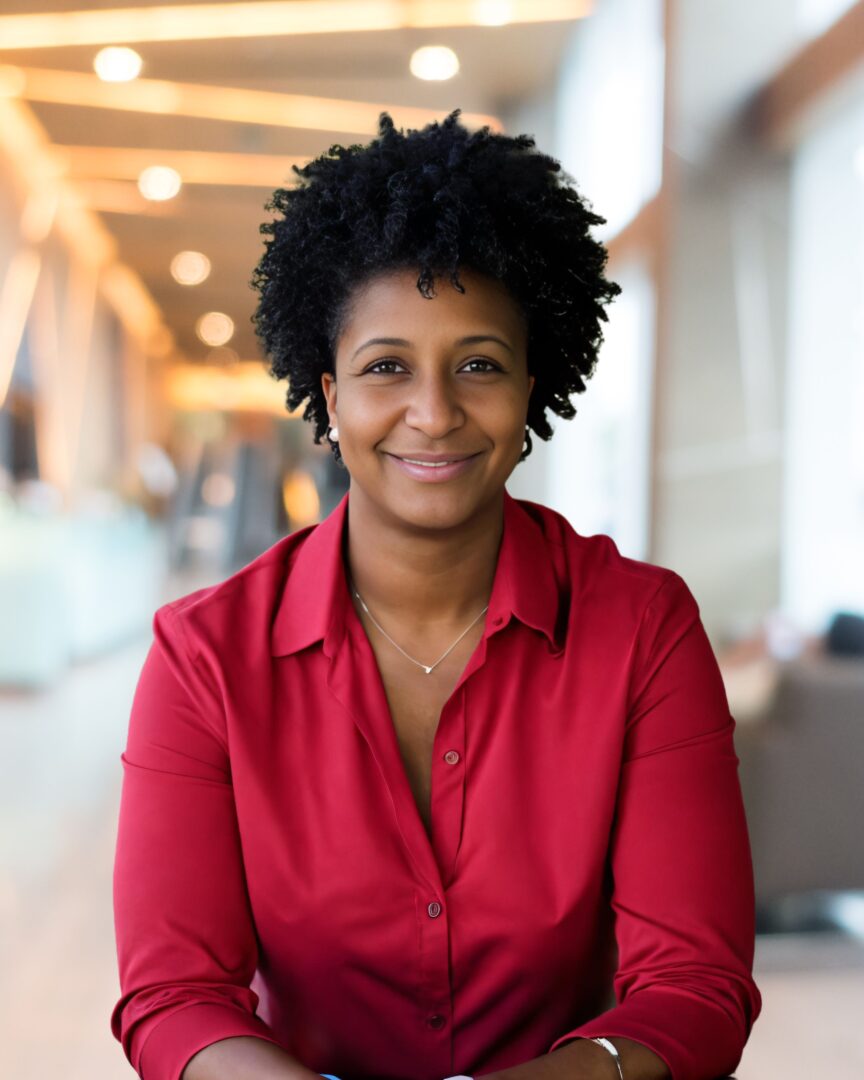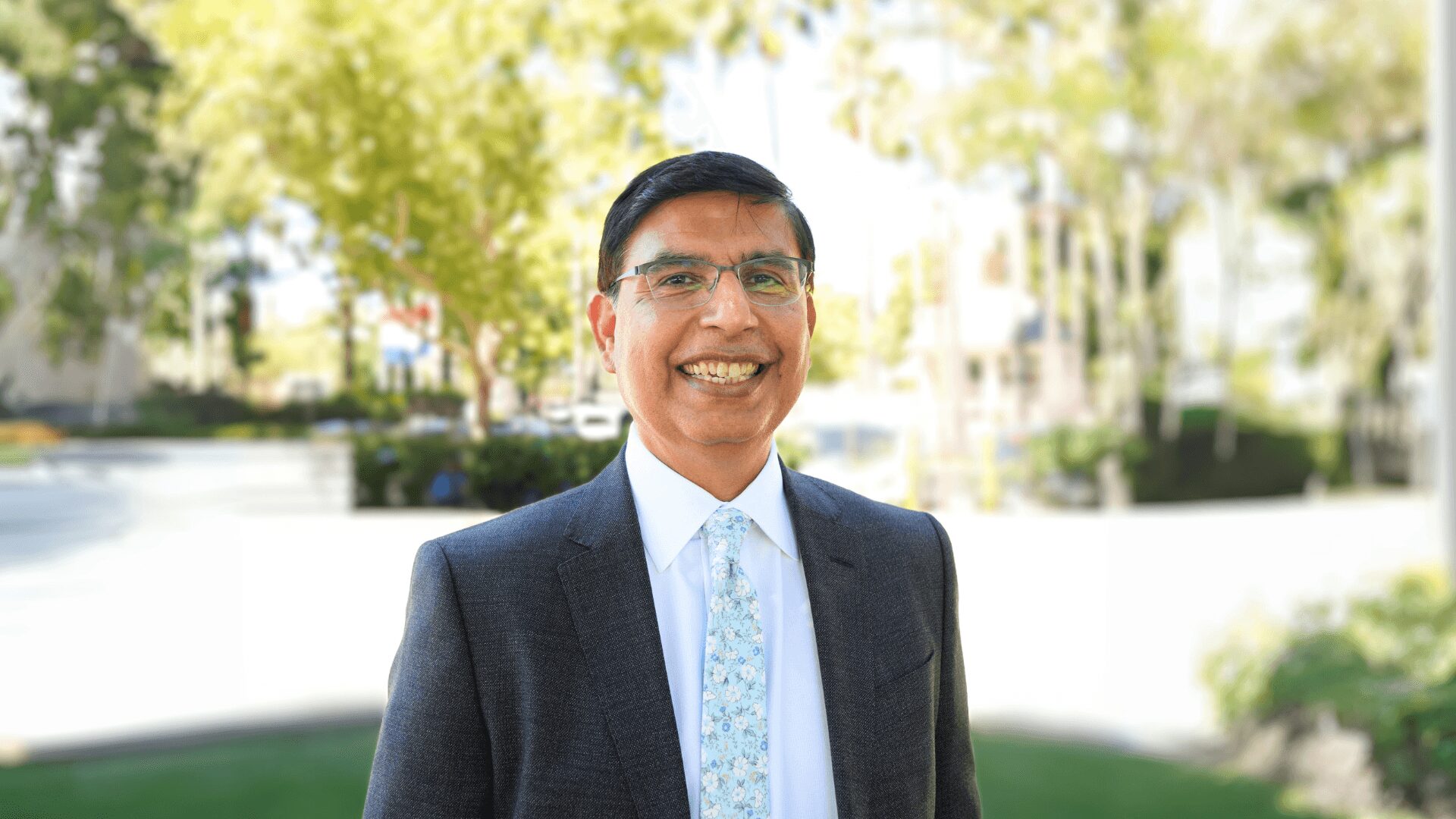We recently connected with Romie Montpeirous and have shared our conversation below.
Romie, thank you so much for joining us today. Let’s jump right into something we’re really interested in hearing about from you – being the only one in the room. So many of us find ourselves as the only woman in the room, the only immigrant or the only artist in the room, etc. Can you talk to us about how you have learned to be effective and successful in situations where you are the only one in the room like you?
Bold Journey Feature – Romie Montpeirous Being the Only One in the Room
Early in my career, I didn’t think much about how I looked or how I might be perceived. I was focused on showing up and doing the work. I didn’t even realize I was “different” until someone pointed it out—and honestly, that moment didn’t shake me. Looking back, I think that unawareness was a blessing. It let me zero in on what truly mattered: results, relationships, and growth.
There have been countless times I’ve been the only one in the room who looked like me, believed like me, or came from my background. But I never let that define how I showed up. I anchored myself in performance and purpose. And as I became more aware of the dynamics around me, I started using my story as proof—not that I was an exception, but that I belonged.
Imposter syndrome? Oh, it’s real. Titles and experience don’t erase it. Every new space can stir that quiet doubt—especially when you’re the only one. But here’s what I’ve learned: if you’re in the room, you’re there for a reason. You’ve earned your seat. You bring something that space needs.
The real shift happens when you stop questioning your belonging and start trusting your presence. When you walk into rooms that weren’t built for you, and instead of shrinking, you expand. You contribute. You shift the energy. You make the room better simply by being in it.
So yes, I’ve been the only one more times than I can count. And yes, imposter syndrome still whispers. But I’ve learned to take that whisper as a sign that I’m stretching, evolving, and leading from a deeper place. Being “the only one” isn’t a limitation—it’s an invitation. An invitation to lead, to represent, and to show others that they belong too.
Thanks for sharing that. So, before we get any further into our conversation, can you tell our readers a bit about yourself and what you’re working on?
<b>My Story and My Work </b>
At my core, I’m a builder—of leaders, systems, and clarity in the middle of chaos. After more than 20 years leading large-scale operations, managing multimillion-dollar budgets, and guiding teams of hundreds, I decided to take everything I’d learned and pour it into Leadership From The Heart.
My mission is simple: help leaders and businesses thrive through a blend of strategy and humanity. Because to me, those two things were never meant to be separate. You can build efficient systems and still lead with empathy. You can demand results and still care deeply about your people. The magic happens when both coexist—that’s where sustainable success lives.
Today, my focus is on expanding my mentorship and leadership programs, including the <b>Next Level Leader Mentorship</b>, alongside operations consulting for small and mid-sized businesses that want to scale with structure and soul.
And coming soon is my first book, <b>Better Than You Found It</b>—a philosophy, a mindset, and a movement about leaving people, places, and moments better than when you found them.
This is the work that fuels me: helping leaders rise, helping businesses run smoother, and proving that leadership from the heart isn’t soft—it’s powerful, practical, and transformative.
Looking back, what do you think were the three qualities, skills, or areas of knowledge that were most impactful in your journey? What advice do you have for folks who are early in their journey in terms of how they can best develop or improve on these?
<b>Three Qualities That Shaped My Journey </b>
When I look back, three things have shaped my leadership journey more than anything else: <b>communication, awareness, and curiosity</b>.
<b>Communication </b>is everything. It’s more than just speaking clearly—it’s about listening with intention. The best leaders I’ve worked with weren’t the loudest voices in the room; they were the ones who made people feel seen and understood. My advice? Listen to understand, not to respond. Ask follow-up questions. Reflect back what you’ve heard. When people feel heard, trust builds—and that’s when alignment and performance follow.
<b>Awareness </b>is knowing yourself and the energy you bring. Early in my career, I thought leadership meant managing tasks and timelines. Now I know it’s equally about managing presence—how you show up, what you project, and how that affects the people around you. My advice: slow down. Notice how people respond to your tone, your pace, your energy. Self-awareness is the gateway to growth.
And then there’s <b>Curiosity</b>—the quality that keeps you learning long after the training ends. Curiosity keeps you open, innovative, and humble enough to know there’s always more to discover. My advice: be curious about people, processes, and even your own reactions. When you catch yourself saying “I know,” shift to “I wonder.” That simple switch can change everything.
For anyone just starting out, remember this: communicate with clarity, lead with awareness, and stay endlessly curious. Those three things will take you further than any title or credential ever could.
Awesome, really appreciate you opening up with us today and before we close maybe you can share a book recommendation with us. Has there been a book that’s been impactful in your growth and development?
<b>Books That Shaped My Leadership </b>
Two books have profoundly shaped how I see and practice leadership: Leaders Eat Last by Simon Sinek and Dare to Lead by Brené Brown. Both gave me new lenses to view leadership—not just as a title, but as a responsibility to create environments where people feel safe, seen, and empowered.
From Leaders Eat Last, I learned the true power of servant leadership. Sinek’s message is simple but game-changing: great leaders put their people first. The concept of the “Circle of Safety” stuck with me—the idea that when people feel protected and valued, they perform at their best. That shifted everything for me. I stopped leading only for outcomes and started leading for trust, empathy, and connection. The results didn’t just follow—they multiplied.
From Dare to Lead, Brené Brown taught me that vulnerability is courage in its purest form. Her work reframed how I see fear, authenticity, and shame. One line that forever changed how I lead is: “Clear is kind.” It reminded me that honesty isn’t harsh—it’s respect. Clarity builds trust. And trust builds strong teams.
For anyone early in their leadership journey, here’s what I’d say:
<b>Lead with empathy</b>. Your team’s success will always mirror how safe and supported they feel.
<b>Be courageous enough to be vulnerable.</b> You don’t have to have all the answers—just the willingness to listen and grow.
<b>Prioritize clarity and consistency.</b> People thrive when expectations are clear and leadership is steady.
Books can’t lead for you, but they can light the way. These two certainly did for me.
Contact Info:
- Website: www.leadershipfromtheheart.co
- Instagram: https://www.instagram.com/romiemontpeirous/
- Facebook: https://www.facebook.com/leadershipfromtheheart.co/
- Linkedin: https://www.linkedin.com/in/romie-montpeirous/
- Youtube: https://www.youtube.com/@Leadershipfromtheheart




Image Credits
Romie Montpeirous, Leadership from the Heart




